This guide explains the science behind microphone sensitivity, pickup patterns, and mic engineering in OEM...
Top Export Markets for Wireless Lavalier Microphones in 2026
Introduction: Global Growth in Wireless Mic Demand
The global appetite for professional audio tools is surging—and nowhere is this more evident than in the rising momentum behind wireless microphone export. With rapid advancements in wireless audio, content creation, and hybrid learning, the lavalier mic international market is poised for explosive growth by 2026. For OEMs and audio equipment manufacturers, this presents a golden opportunity to scale globally by identifying and targeting the top-performing regions.
In this article, we’ll spotlight the most promising global destinations for wireless lavalier microphones, backed by market data, emerging trends, and regional insights to support your export strategy.
Why the Demand for Wireless Lavalier Mics Is Rising Worldwide
The increased reliance on virtual communication, video content, and distance learning has fueled global demand for lavalier mics. Several factors are contributing to the export boom:
• Remote work and hybrid events
• Online education systems
• Social media and live-streaming growth
• Affordable wireless tech for end-users
With both developed and emerging economies upgrading their digital infrastructure, the lavalier mic international market is becoming more accessible than ever.
Overview of Global Trade in Wireless Microphones
In 2023, global shipments of wireless microphones exceeded $4.2 billion, with a CAGR of 6–7% projected through 2026. The strongest growth segments include lavalier systems used in:
• Education and training
• Broadcasting and podcasting
• Fitness instruction
• Church and religious services
• Online entertainment platforms
The wireless microphone export market is supported by strong OEM supply chains, low-cost manufacturing hubs, and favorable logistics in Asia and Europe.
United States: The Largest Importer of Wireless Lavalier Mics
The United States continues to lead global demand for wireless audio systems. American buyers prefer:
• Plug-and-play wireless mic systems
• Lavalier mics with USB-C and Bluetooth compatibility
• FCC and RoHS-certified equipment
• Private-label and white-label OEM solutions
With high demand from educators, fitness instructors, content creators, and livestreamers, the U.S. will remain the biggest wireless microphone export market through 2026.
Europe: Expanding Markets in Germany, France, and the UK
Western Europe, especially Germany, France, and the UK, is a key region within the lavalier mic international market. European consumers and businesses prioritize:
• Sustainability and low-energy usage
• CE certification for compliance
• User-friendly, multi-lingual product manuals
• Branded OEM partnerships with educational and corporate vendors
With an emphasis on localization and eco-conscious packaging, Europe offers strong growth potential for OEM exporters.
Southeast Asia: Rapidly Growing Lavalier Mic International Market
Southeast Asia is fast becoming one of the most dynamic markets for wireless audio. Countries like Vietnam, Indonesia, Thailand, and the Philippines are seeing:
• Rising smartphone and laptop penetration
• Expanding digital education platforms
• Local influencer and YouTube growth
• Government support for tech-based learning
OEM brands offering low-cost, durable, wireless lavaliers will be in high demand across the region. In terms of scalability, this region may soon rival traditional western markets in wireless microphone export volume.
Middle East and North Africa (MENA)
In the MENA region, wireless microphone demand is growing within:
• Religious broadcasting
• Corporate training
• University e-learning programs
• Influencer-driven social media culture
Saudi Arabia, UAE, and Egypt are standout countries within the region. These markets prioritize:
• Arabic-localized packaging
• Professional broadcast quality
• Compact lavaliers with waterproof features
With Dubai acting as a key re-export hub, wireless microphone export into the MENA region can unlock multiple markets through a single distribution channel.
South America: Untapped Potential in Brazil and Argentina
South American markets such as Brazil and Argentina are still underpenetrated but ripe for growth in:
• Remote education
• Online worship services
• Podcasting and local broadcasting
Key opportunities include Spanish and Portuguese localization, durable mic systems suited for outdoor environments, and multi-user lavalier kits for educational institutions.
Australia and New Zealand
These developed markets are consistent consumers of high-quality audio systems. What sets Australia and New Zealand apart is:
• Their fast adoption of new tech
• A booming podcasting industry
• Remote learning demand in rural regions
Exporters targeting this region should focus on mic kits that include waterproofing, mobile device compatibility, and educator-friendly features.
Africa: Niche Opportunities in Education and Media
While Africa's market size is currently smaller, demand is growing in countries like Nigeria, Kenya, and South Africa. Key verticals include:
• Distance learning programs
• Church broadcasts
• Government and nonprofit training sessions
Local partnerships with NGOs, school systems, and universities can offer entry points for OEM exporters entering this lavalier mic international market segment.
Factors Driving the Wireless Microphone Export Boom
The global acceleration in wireless mic adoption can be attributed to:
• Cost-effective OEM production models
• Increased internet and device access worldwide
• Low-barrier tech setups for content creators
• Professional appearance and functionality of lavaliers
Export-ready mic systems that are durable, portable, and multi-platform compatible have become essential in today’s digitally connected economy.
Trade Policies and Certification Challenges in Global Markets
Each region has its own regulations:
• CE marking for European Union
• FCC approval for the United States
• RoHS compliance for eco standards
• Customs documentation including HS codes, COs, and invoices
An experienced OEM partner can help ensure full compliance and smooth customs clearance for international shipments.
OEM Strategies for Entering International Lavalier Markets
To compete globally, OEM factories and brands should:
• Localize packaging and manuals
• Adapt product specs for power outlets, language, and climate
• Offer warranty and support structures
• Provide multi-channel sales kits for education, fitness, or streaming
By aligning product development with end-user needs in each region, wireless microphone export campaigns become more effective and sustainable.
Export Logistics and Lead Time Management
International success also depends on reliable logistics. Key considerations include:
• Shipping method: air freight for fast delivery, sea freight for bulk orders
• Warehousing: regional distribution centers to reduce delivery time
• Customs: proactive document preparation and compliance
Planning production and export lead times carefully ensures on-time delivery for product launches and seasonal demands.
Case Study: Successful Expansion into 3 New Markets
A mid-sized OEM brand specializing in 2.4GHz lavaliers scaled into:
1. Vietnam through a local EdTech reseller
2. South Africa via a nonprofit educational initiative
3. Canada through Amazon private-label retail
Key success factors included localized instruction guides, branding consistency, and bundled accessories that added value. These markets contributed to a 38% YoY export growth.
Frequently Asked Questions (FAQs)
1. What is the top export market for wireless lavalier microphones in 2026?
The United States remains the largest, with Southeast Asia and Western Europe close behind in growth potential.
2. What certifications are required for global mic exports?
Common certifications include CE (Europe), FCC (U.S.), and RoHS for environmental standards.
3. Are wireless mic exports growing post-pandemic?
Yes. Remote work, online education, and content creation have all fueled long-term demand increases.
4. Can OEM mic systems be customized per region?
Absolutely. Features like packaging, user interface, and technical specs can be localized for each target market.
5. What is the biggest challenge in exporting lavalier mics?
Navigating trade regulations, customs documentation, and certification compliance is often the most complex aspect.
6. How do I find distributors in international markets?
Start with trade shows, B2B platforms, or local e-commerce partners with expertise in electronics or education gear.
Conclusion
As we approach 2026, the global wireless microphone export landscape is brimming with opportunity. Whether you’re targeting the United States, Europe, Southeast Asia, or emerging markets in Africa and South America, the lavalier mic international market is wide open for growth.
With thoughtful product design, localized branding, and OEM scalability, your brand can establish a solid global presence in the booming wireless lavalier segment

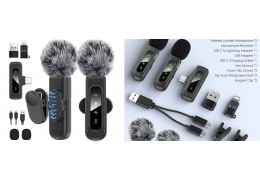

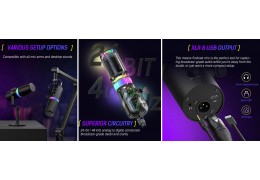
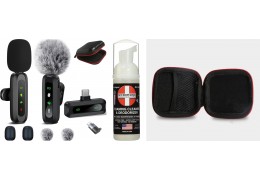

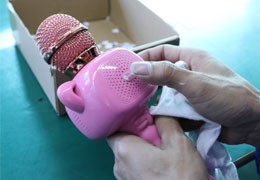




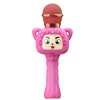

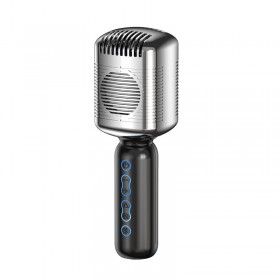
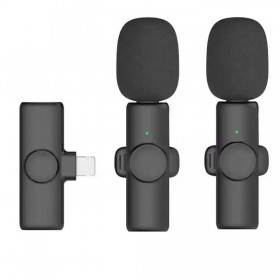
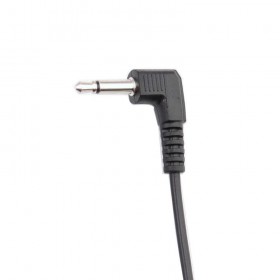
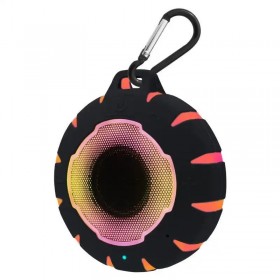

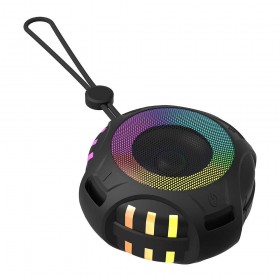

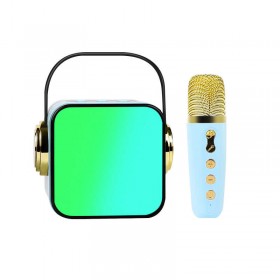
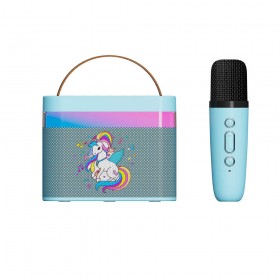
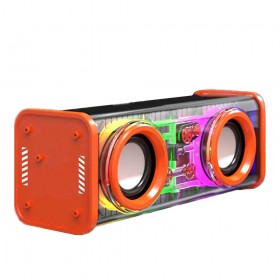
Latest comments